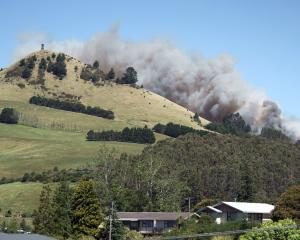A rural home-help provider says a 1.7% funding increase will not allow it to raise its 30c-per-kilometre mileage rate for carers.
Access Homehealth chief executive Graeme Titcombe said the increase from Southern DHB for 2011-12 was helpful but did not cover inflation.
The sector was struggling after years of low or no rises, he said.
In Otago and Southland, along with Canterbury and Northland, carers covered the greatest distances and petrol prices were hurting.
Carers received 30c per kilometre, which he acknowledged did not cover expenses.
Carers, many of whom earned the minimum wage, were essentially providing a company car, he said.
Inland Revenue Department's (IRD) recommended mileage rate is 74c a km, while AA calculates the cost of running a small car at nearly 53c a km, a large car just over 106c per km.
If adopted, changes being considered to community elder care by Southern DHB would ease petrol expenditure because cases would be managed differently.
Carers needed better skills to meet the proposed changes but there was no funding available for training, Mr Titcombe said.
Owned by Rural Women to service rural areas, Homehealth has about 750 Southern DHB cases on its books. New Zealand Home Health Association chief executive Julie Haggie said providers, particularly in the South, had reported to the industry body that carers were leaving because of vehicle costs.
"They just can't do the job with the impact on their cars."
The fact Southern DHB staff, many of whom travel frequently between Invercargill and Dunedin, received the IRD rate of 74c per km was an inequity, she said.
DHBs effectively "exploited" workers in the contracted-out home-help sector, who carried on because they cared about their clients.
Providers were unable to give them the pay rises they deserved, Ms Haggie said.
Southern DHB funding and finance general manager Robert Mackway-Jones acknowledged the "important" home-care sector was struggling because of the DHB's tight financial situation.
Between 2009 and 2011 funding increased just 1% to the sector.
Mr Mackway-Jones said the DHB was checking with providers about why mileage rates were so low.












